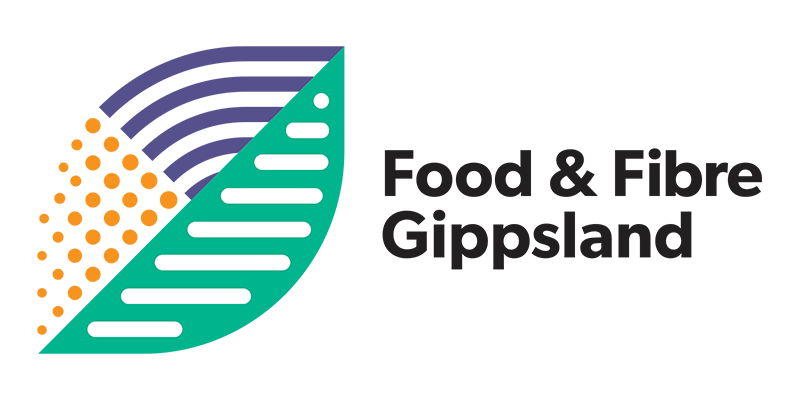Carbon Farming Survey
Carbon Farming is farming in a way that reduces Greenhouse Gas emissions or captures and holds carbon in vegetation and soils, but it has its challenges and opportunities.
The term “carbon farming” refers to agricultural methods that enhance the uptake and storage of carbon dioxide (CO2) in soil. CO2 is first absorbed from the air by plants, via photosynthesis. The roots and other parts then decompose and are converted into soil carbon by microbes. Plant matter, and with it the CO2, are thus stored in the soil in the form of organic matter, particularly humus.
Food & Fibre Gippsland is supporting research work around carbon farming and carbon pooling.
To help that research, we’re asking for 15 minutes of your time to complete an anonymous survey, the results of which will help develop industry driven research data and outcomes.
This project is funded by AgriFutures Australia, part of their Carbon Initiatives Program to explore new ways to improve carbon storage and reduce greenhouse gas emissions in Australian agriculture.
The purpose of this research project is to identify an optimal collaborative model for farmers to undertake carbon trading in Australia.
Image credit: carbonfarmersofaustralia.com.au
It aims to understand the motivations and behaviours of farm owners, farm managers and farm executives in Australia to engage with carbon farming for the purposes of generating carbon credits which have been registered under the Australian Government’s Emissions Reduction Fund or other market.
Carbon credits can be sold to generate income and of particular interest to the researchers is why decision makers in farming in Australia would choose (or not) to engage with the carbon trading process as part of a collaboration with other farms, to pool carbon credits.
This research project may benefit the Australian Agriculture industry in the future by identifying what factors influence the decision of farmers to engage with collaborative carbon trading.
This could also assist with setting up new collaborative models of carbon trading.
A summary of the survey results are expected to be available in December 2022 - exact release date tbc.

